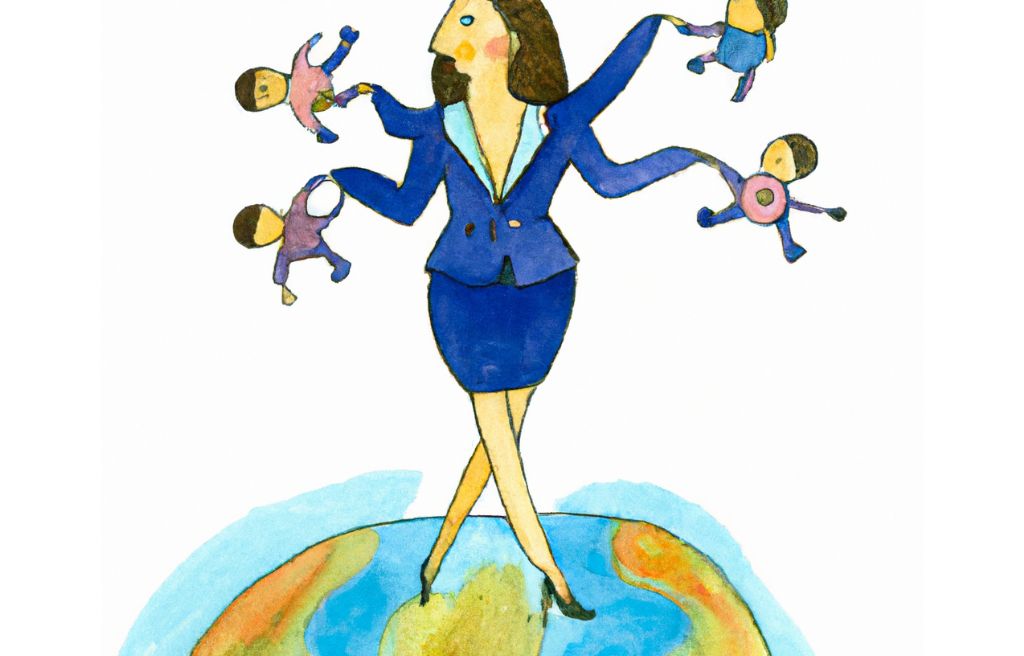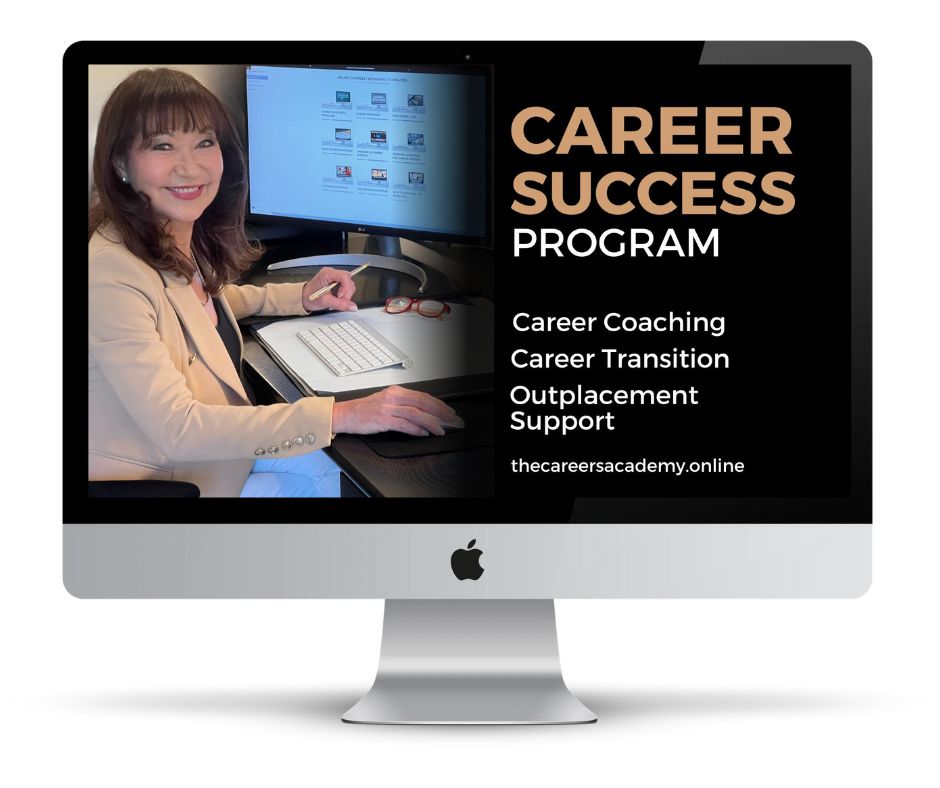Navigating Conflicting Messages: Professional Women Striving for Success Amidst Changing Dynamics

As a career coach who deeply cares about the well-being of professional women, I have noticed a multitude of conflicting news stories recently that has made me question how women can navigate the expectations of society and still be true to ourselves.
The media bombards us with mixed messages about various aspects of our lives, making it challenging to find clarity and make informed decisions.
In this article, I’m exploring the paradoxical narratives surrounding women in the workplace, the call by the government for women to have more babies, and the increasing emphasis on older Australians to remain active in the workforce so as not to be a tax burden on younger Australians due to the ageing population, and the challenges this creates.
By examining these dynamics, my aim is to shed light on this complex landscape and ask the questions that may help professional women navigate this difficult terrain.
Understanding the Call for Older Australians to Work Longer
In my previous article, “Solution to Age-Old Problem is to Make ‘Oldies’ Work Longer,” I highlighted the calls by business leaders, economists, and seniors groups to encourage older Australians to extend their careers.
The rationale behind this proposition is to alleviate the burden on younger taxpayers.
However, according to the ‘Employing and Retaining Older Workers’ survey conducted by the Australian HR Institute (AHRI), it was found that one in six organizations will not even consider hiring individuals aged 65 and above.
This contradiction creates a complicated scenario for older workers seeking employment opportunities.
The Urgency for Increased Birth rates
Another conflicting narrative emerges when we consider the push for increased birth rates to address demographic and workforce shortages.
In a report published by The Saturday Telegraph, Peter Costello, an advocate for addressing the ageing population, suggested that having more babies is the solution. He said that to fix the ‘ageing demographic’ we should have ‘one for the father, one for the mother and one for the country’.
However, societal factors such as gender inequity and a growing number of women opting to have no children contribute to a decline in birth rates. According to the report in The Saturday Telegraph on 23 Sep 2023, between the 2016 and 2021 census there was a 5% increase in the percentage of women aged between 25 – 34 who are childless.
These factors exemplify the challenges faced by women in the decision-making process regarding whether to start or expand their families while aiming to progress in their careers.
The Dilemma of Balancing Work and Childcare Expenses
When people have children, they often rely on paid parental leave and upon their return to work, most need to entrust their infants to day care facilities.
The escalating costs associated with childcare pose a significant obstacle. On average, the daily cost of national day care reaches $118.36, with Sydney having particularly high rates, reaching up to $193 per day for a child under two years.
For many families, these expenses necessitate both parents working full-time to cover the costs.
Mr. Costello’s suggestion of having “one for the mother, one for the father, and one for the country” makes me question the soaring childcare expenses for families with 3 children under the age of 5 (even with government subsidies) if parents decide to expand their families.
The Role of Grandparents and the Burden on Older Australians
To mitigate the financial strain, many families rely on the grandparents for practical and financial support.
However, now societal expectations place pressure on older Australians to remain in the workforce or return to work (as mentioned in my previous article), further complicating the situation.
As older Australians are encouraged to work longer to alleviate the tax burden on younger workers, they may have less time available for babysitting and assisting their families.
This creates a challenging dilemma for grandparents who want to help their children.
It seems to me that women, families and parents are stuck between a rock and a hard place due to expectations from the government and society.
Addressing Workplace Inequity and the Glass Ceiling
Compounding the predicament faced by professional women is the persistent issue of workplace inequity and the glass ceiling.
While progress has been made in increasing female representation and promoting successful careers, the presence of a career “glass ceiling” and deeply entrenched gender roles still pose challenges.
The aspiration for women to climb the corporate ladder is often hindered by institutional barriers and societal biases.
If women take time off work to have the three children Mr. Costello encourages, they may find it difficult to regain their career momentum and overcome the obstacles presented by workplace inequities.
Is it possible to ‘have it all’, be a good citizen and not go stark raving mad?
Navigating the Paradoxes
It is clear that we find ourselves in the midst of conflicting narratives and expectations.
Professional women are bombarded with information that contradicts itself, making it challenging to navigate their career and personal lives.
As we strive for success and fulfillment, it is crucial to approach these complexities with careful consideration.
Identifying supportive workplace environments, leveraging available resources, and engaging in ongoing discussions about family planning, work-life balance and what each generation expects of the other will be key in managing this delicate balance.
By empowering ourselves with insights and research-driven approaches, I hope we can navigate the challenges while striving for personal and professional growth, and create a happy balance that satisfies the career and retirement aspirations of parents and grandparents, the wellbeing of our children, the wellbeing of employees, the expectations of businesses and our government.
Have you experienced these challenges? Please share your experiences and opinions in the comments below.
———-
For your interest and additional reading, here are some references and links to research studies that support the information presented above:
Australian HR Institute (AHRI) (2023). Employing and Retaining Older Workers. https://www.ahri.com.au/wp-content/uploads/230427-Employing-Older-Workers-Report.pdf
Does Transition to Retirement Promote Grandchild Care? Evidence from Europe. ORIGINAL RESEARCH article. Front. Psychol., 20 September 2021 Sec. Evolutionary Psychology
Women’s Network Australia. (2023, Sep 11) . From bias to equality. https://www.womensnetwork.com.au/from-bias-to-equality/
Women’s Network Australia (2023, Jun 5). Workplace Gender Equality. How is Australia Faring? https://www.womensnetwork.com.au/workplace-gender-equality-2023-how-is-australia-faring/
Australian Government. (2021). Paid Parental Leave scheme. https://www.servicesaustralia.gov.au/individuals/services/centrelink/parental-leave-pay
Australian Bureau of Statistics. (2022). Child care in Australia. https://www.abs.gov.au/statistics/detailed-methodology-information/concepts-sources-methods/survey-income-and-housing-user-guide-australia/2019-20/child-care-use-and-cost
Families Then and Now 1980-2010. de Vaus, D., & Gray, M. (2010). Melbourne, Australia: Australian Institute of Family Studies.
Why Have Children? The Ethical Debate. Christine Overall
For help in your career, to find work/life harmony or make a career change, book a complimentary career clarity chat with Jane Jackson today
Visit the CAREER SUCCESS PROGRAM for a unique blend of online and ‘live’ career coaching support.


